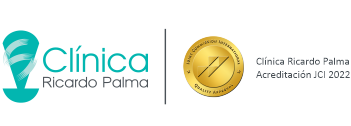×


- (+51) 01 411·4550 / (+51) 01 224·2224
- Av. Javier Prado Este 1066 Urb. Corpac - 15036 Perú
- International Department
-

January 20, 2025
Rosacea is a chronic inflammatory disease that affects approximately 10% of the population, with a greater predominance in women and fair-skinned individuals. The cause of rosacea is not clearly defined. Pilosebaceous anomalies, vascular alterations and predisposing and triggering factors such as stress, temperature changes, dietary and cosmetic factors, among others, could be involved. It appears mainly between 20 and 50 years of age. Dr. Carla Hübner, dermatologist of our clinic, gives us more details about this skin condition.
Why does summer increase rosacea outbreaks?
Factors such as heat and prolonged sun exposure cause vasodilation, which worsens facial redness. In addition, changes in diet (increased spicy foods or alcohol), lifestyle changes (irregular schedules, increased outdoor activity) and swimming in the sea or pool, which can be irritating, aggravate the skin.
What can we do to prevent reactivations?
According to symptoms, rosacea is classified into four types:
Our specialist recommends:
In summer:
Remember:
If you have any of the above symptoms, see a dermatologist to identify the level of the condition and receive appropriate treatment
Dr. Carla Hübner
Dermatologist at Clínica Ricardo Palma